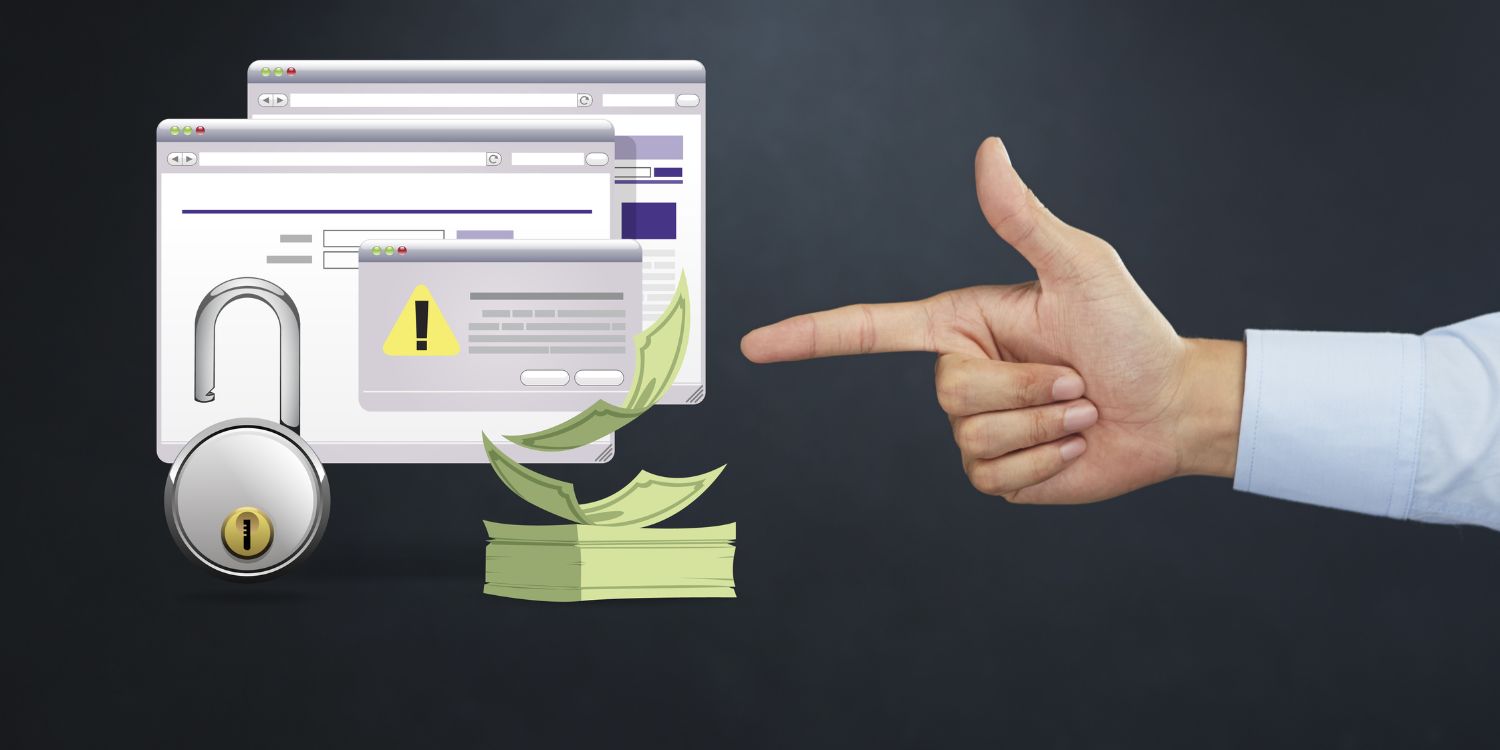Web browsing has become an integral part of our daily lives. We use the internet to stay connected, gather information, and conduct various transactions. However, with the increased usage of the internet, there are also increased risks associated with it. Cybercriminals are constantly looking for ways to steal personal information or infect devices with malware. To safeguard yourself from these dangers, practicing safe web browsing habits is crucial. In this blog, we’ll discuss nine essential tips to help you browse the web safely.
Stay Secure Online: Top 9 Tips for Safe Web Browsing
In this digital age, it’s essential to prioritize your online security. To protect yourself while surfing the web, here are the top nine tips for safe web browsing:
1. Keep Your Software Updated
One of the most effective ways to protect yourself online is by ensuring that your software, including your operating system, web browser, and antivirus programs, is always up to date. Software updates often include security patches that fix vulnerabilities that hackers could exploit. For instance, if you’re using a web browser like Google Chrome, Firefox, or Microsoft Edge, make sure to enable automatic updates so that you receive the latest security enhancements promptly.
2. Use Strong, Unique Passwords
Weak or reused passwords are a hacker’s delight. Create strong passwords that include a combination of uppercase and lowercase letters, numbers, and special characters. Additionally, avoid using the same password for multiple accounts. Consider using a reputable password manager to generate and store complex passwords securely. For example, instead of using “password123” as your password, opt for something like “P@ssw0rd!2b$ecure”.
3. Enable Two-Factor Authentication (2FA)
Two-factor authentication adds an extra layer of security by requiring not only a password but also a second form of verification, such as a code sent to your mobile device or generated by an authentication app. By enabling 2FA, even if a hacker manages to obtain your password, they won’t be able to access your accounts without the additional authentication step. Popular services like Google, Facebook, and Twitter offer 2FA options that you can easily set up in your account settings.
4. Beware of Phishing Attempts
Phishing is a deceptive tactic used by cybercriminals to trick individuals into revealing sensitive information such as login credentials, credit card numbers, or personal details. Phishing attacks often involve emails, text messages, or fake websites that mimic legitimate sources. Be cautious when clicking on links or downloading attachments from unfamiliar senders. Check the URLs of websites to ensure they’re legitimate before entering any sensitive information. For instance, instead of clicking on a link in an unsolicited email claiming to be from your bank, navigate directly to your bank’s official website by typing the URL into your browser.
5. Stay Vigilant Against Malicious Software
Malware, short for malicious software, encompasses various types of harmful programs designed to infiltrate and damage computers or steal sensitive information. To protect yourself from malware, be cautious when downloading files or software from the internet. Stick to reputable sources and avoid downloading pirated content or software from suspicious websites. Additionally, consider installing reputable antivirus software that can detect and remove malware from your system.
6. Use HTTPS Whenever Possible
HTTPS (Hypertext Transfer Protocol Secure) encrypts data exchanged between your web browser and the website you’re visiting, making it more difficult for hackers to intercept and manipulate the information. Look for the padlock icon next to the website’s URL in your browser’s address bar to verify that the connection is secure. Avoid entering sensitive information on websites that use only HTTP, especially when making online purchases or logging into accounts.
7. Regularly Back Up Your Data
Despite taking preventive measures, accidents can still happen, such as hardware failures, ransomware attacks, or accidental deletion of files. To mitigate the impact of such incidents, regularly back up your important data to an external hard drive, cloud storage service, or both. By maintaining up-to-date backups, you can restore your files in case of data loss or corruption.
8. Be Mindful of Public Wi-Fi Networks
Public Wi-Fi networks, such as those found in coffee shops, airports, or hotels, are convenient but also pose security risks. Hackers can intercept data transmitted over these networks, potentially compromising your sensitive information. Avoid accessing sensitive accounts or conducting financial transactions while connected to public Wi-Fi unless you’re using a trusted virtual private network (VPN) to encrypt your connection.
9. Educate Yourself and Stay Informed
Being aware of the latest online threats and how to protect yourself is crucial in maintaining your online security. Stay informed by following reputable sources that provide updates on cybersecurity news, such as technology websites or your antivirus software provider’s blog. Additionally, learn about safe web browsing practices and share this knowledge with friends and family to help them stay secure online.
Summary
The internet offers countless benefits, but you must stay secure while using it. By following these top nine tips for safe web browsing, you can minimize the risk of falling victim to cyber-attacks and protect your personal information. Remember to keep your software updated, use strong and unique passwords, enable 2FA when possible, be cautious of phishing attempts, avoid downloading malicious software, use HTTPS whenever possible, regularly back up your data, be mindful of public Wi-Fi networks, and educate yourself on online security best practices. By implementing these measures, you can browse the web with confidence and peace of mind. So keep browsing safely and always stay vigilant against potential threats! Contact us today for more information on how we can help you stay safe and secure online. Email at info@swifttechsolutions.com or call on (877) 794-3811.

